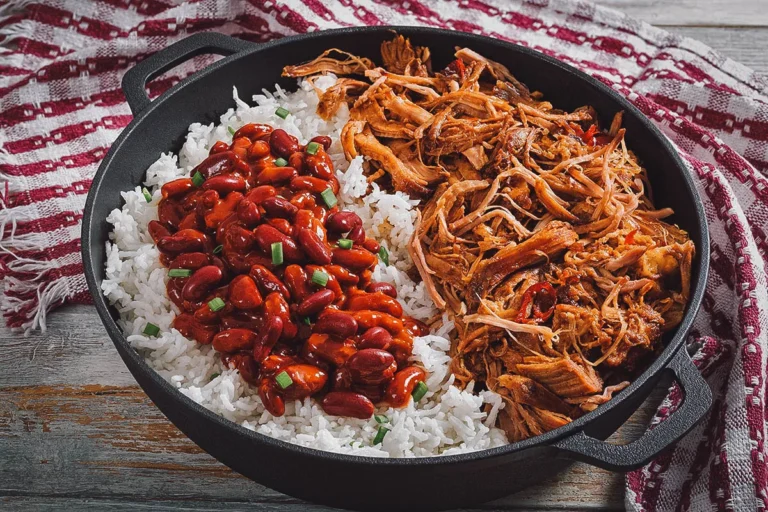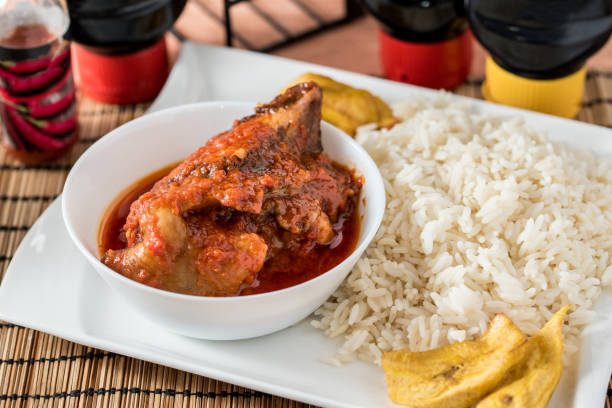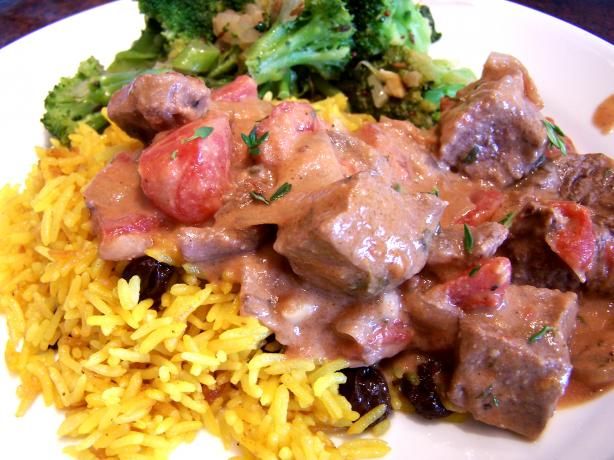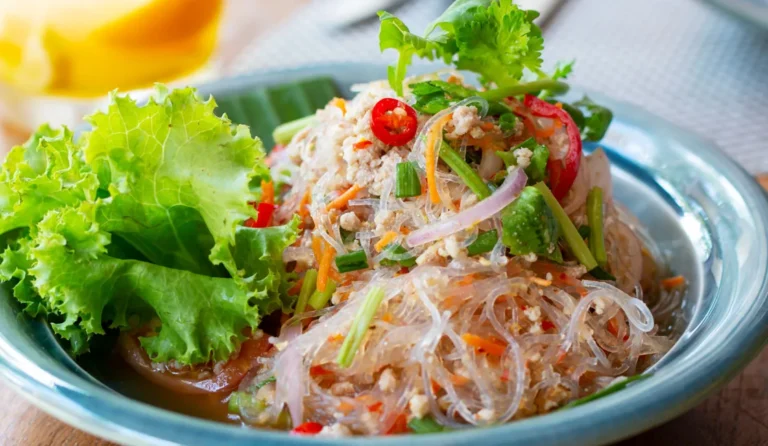Introduction: The Importance of Staple Foods in Côte d’Ivoire
Staple foods are an integral part of any cuisine, and this holds true for the cuisine of Côte d’Ivoire as well. Côte d’Ivoire is a West African nation that boasts of a rich cultural heritage and a diverse culinary landscape. Staple foods like rice, cassava, yams, plantains, maize, and sorghum form the basis of the local cuisine, and are consumed by the majority of the population on a daily basis. These foods are not only an important source of nutrition but also serve as a symbol of the cultural identity of the Ivorian people.
Rice: A Brief History in Côte d’Ivoire Cuisine
Rice is one of the most important staple foods in Côte d’Ivoire and has been a part of the local cuisine for centuries. It is believed that rice was first introduced to the region by Arab traders who brought it from the Middle East. Over time, rice cultivation became widespread, and today Côte d’Ivoire is one of the largest rice producers in West Africa. Rice is consumed in various forms, including boiled, fried, steamed, and as a side dish with sauces and stews. It is used in a variety of dishes, including jollof rice, fried rice, and rice porridge, and is a staple during festive occasions and religious celebrations.
The Role of Rice in Côte d’Ivoire’s Economy
Rice plays a crucial role in the economy of Côte d’Ivoire. It is one of the most important agricultural commodities, and its production and export are major sources of revenue for the country. Rice cultivation is carried out in many parts of the country, and the government has implemented policies to promote the growth of the rice industry. The Ivorian government provides subsidies to rice farmers, and works with international organizations to develop the rice sector. The country has also invested heavily in infrastructure, such as roads and irrigation systems, to support rice cultivation.
Rice Cultivation and Production in Côte d’Ivoire
Rice cultivation in Côte d’Ivoire dates back to the 17th century. The country has natural resources such as water, fertile soil, and a favorable climate for rice cultivation. The majority of rice farming in Côte d’Ivoire is done on small-scale family farms, and the government has implemented policies to support these farmers. The country produces around 3 million tons of rice annually, and the majority of this rice is consumed locally. The rice industry is also an important employer in Côte d’Ivoire, providing jobs for thousands of people across the country.
Rice Consumption Habits in Côte d’Ivoire
Rice is a staple food in Côte d’Ivoire, and is consumed by the majority of the population on a daily basis. It is an important source of carbohydrates and provides energy for the people of Côte d’Ivoire. Rice is often eaten with sauces and stews made from vegetables, meat or fish, and is a popular dish for breakfast, lunch and dinner. During festive occasions and religious celebrations, rice dishes are an important part of the feasting that takes place.
The Diversity of Rice Dishes in Côte d’Ivoire
Côte d’Ivoire has a diverse range of rice dishes, each with its own unique flavor and preparation. Some of the popular rice dishes in Côte d’Ivoire include jollof rice, fried rice, and rice porridge. Jollof rice is a spicy dish made with tomatoes, onions, peppers, and spices, while fried rice is cooked with vegetables and meat. Rice porridge is a sweet dish made with rice, milk, sugar, and spices. There are also many regional variations of these dishes, each with its own unique twist.
Rice as a Symbol of Identity in Côte d’Ivoire
Rice is not just a food in Côte d’Ivoire, it is also a symbol of identity. Rice cultivation has been passed down through generations of Ivorian families, and is an important part of their cultural heritage. It is a food that brings people together, and is often served at feasts and celebrations. Rice is also an important part of the Ivorian economy, and its cultivation and production provide a livelihood for thousands of people across the country.
Conclusion: The Enduring Place of Rice in Côte d’Ivoire Cuisine
In conclusion, rice is an important staple food in Côte d’Ivoire, and plays a vital role in the country’s economy and cultural heritage. It is a versatile food that is consumed in many different forms, and is an important source of nutrition for the people of Côte d’Ivoire. Rice cultivation and production are major industries in Côte d’Ivoire, and provide employment for many people. As a symbol of identity and a source of sustenance, rice will continue to hold a special place in the hearts and plates of the Ivorian people for generations to come.










